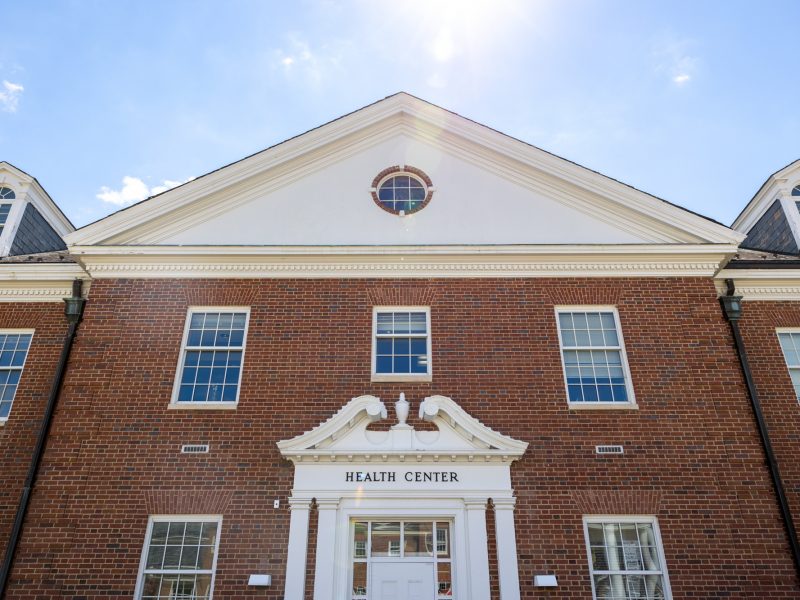Views expressed in opinion columns are the author’s own.
More than 60 years ago, the Goatman escaped the Beltsville Agricultural Research Center after a terrible experiment gone wrong. Purportedly a once-human researcher transformed into a murderous hybrid of man and goat, this entity eventually ventured deep into the woods of Prince George’s County to spend its days devouring unsuspecting couples and dogs.
In the years since, his age-old haunts have been decimated as secluded forests off the side of back roads have become concrete and front lawns. Sightings and interest in our local cryptid are low even among young adults, who’d historically chase after him and return with vague accounts of terrible bleating and hirsutism. Maybe the Goatman is too passé for the present, but in his place is a much less colorful local culture stifled by the University of Maryland’s artificial value of innovation.
It’s inescapable on our campus; the propaganda of innovation and “fearless ideas” is posted everywhere, stressing the importance of newness and quantifiable excellence in your field. Students are encouraged to shape the character of their environment, and it has been changed into something pretty unnatural.
We saw this exposed in College Park’s recent pitch to host Amazon’s second headquarters. An official statement boasted the city has a “talented pipeline of students” and a “growing innovation ecosystem” to attract the company. Officials are marketing the city’s culture to land an investment, and it reveals how purposely constructed it is to bring in revenue. They use the same capitalistic language to appeal to students and companies — this university creates a productive crop of workers, and you can take advantage of that.
Even this university’s Discovery District, which was offered to seat Amazon, was developed as the site of purely commercial research. Its purpose is to boost the surrounding economy and keep talent local — that is, keep students in College Park so their ideas can continue to fund the city and give it a reputation for profitability. The Route 1 corridor is being further expanded to bring more business, more development and more commercialization to the city.
The problem isn’t urbanization, but the lifeless way it’s being applied. An array of Testudo effigies doesn’t fulfill the same function as a savage goatperson haunting your nature trails, and the lack of organic developments in this area keeps it from feeling as established as it should. Things aren’t given histories and communal associations because we push too hard to surpass the past and laud the new.
College Park has glutted itself on its own slogans and marketing phrases, and it feels like it’s out to suck the life from us rather than cultivate it. Residents can carve out their own lairs of weird interest, but the environment is only becoming more heterogeneously urban. There are no longer enough tracks of woods for the Goatman to hide out in, and we’re slowly losing space for our own culture.
Sona Chaudhary, opinion editor, is a sophomore English and geology major. She can be reached at opinionumdbk@gmail.com.



